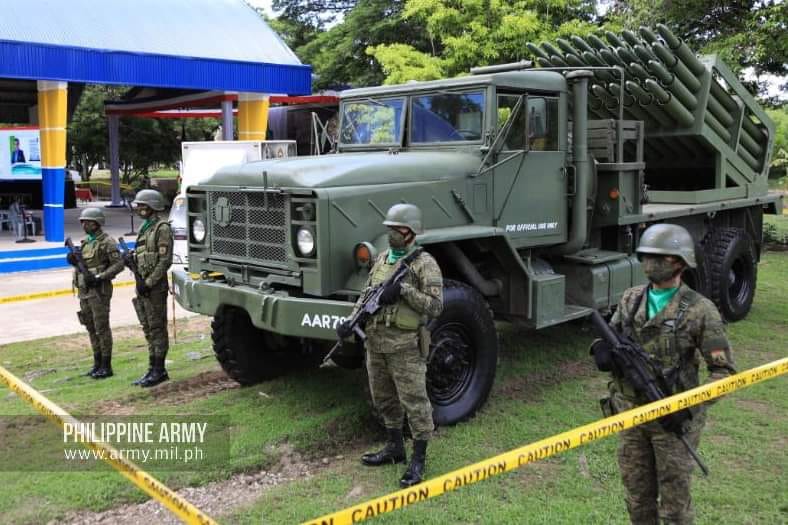Philippines Set to Soon Receive First-Ever MLRS from Korea
Philippine Army (PA) and Marine Corps (PMC) are set to receive multi-launch rocket systems (MLRS) as early as June of this year. News of the upcoming shipment was announced on 27 April by Army Spokesperson Col. Xerxes Trinidad. Donated by South Korea, the K136 Kooryang MLRS are to form the basis of new MLRS batteries within the PA and PMC. With these new artillery pieces, the Army Artillery Regiment receives yet another boost in capability. The upcoming delivery of these systems also demonstrates South Korean-Philippine defense cooperation, with the Armed Forces of the Philippines (AFP) receiving and procuring many systems from South Korea for its modernization.
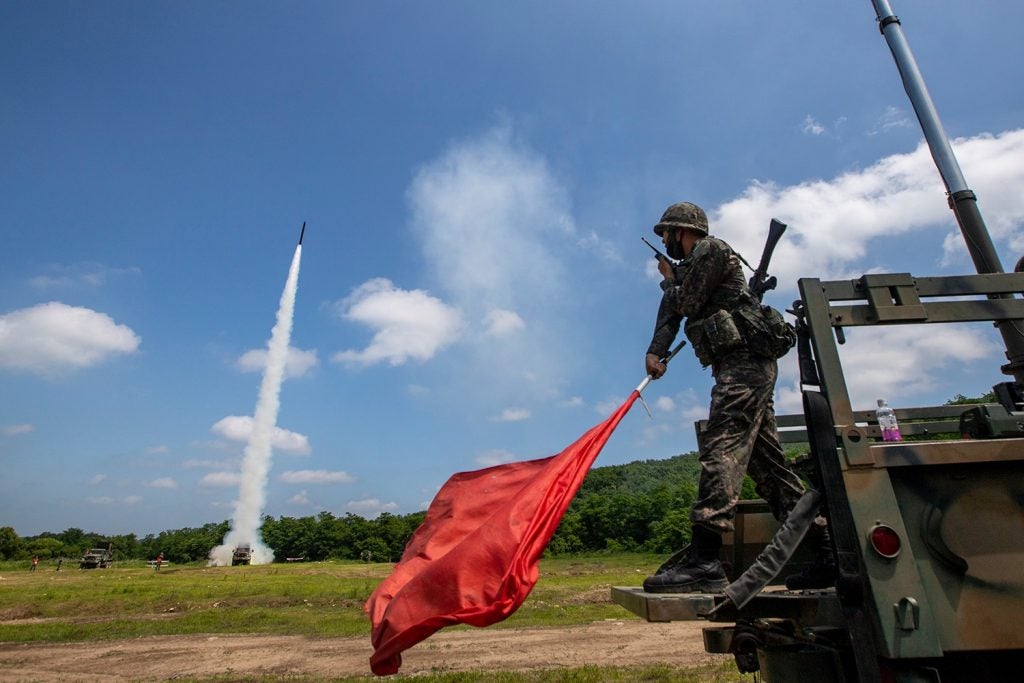
The K136 Kooryang is a South Korean MLRS dating back to the 1980s. It comprises 36 tubes and has various rockets of 130mm caliber that allow the system to strike from 22 to 80 km. The Philippines initially received the donation in 2019, with a total of 22 systems. Previous releases by Philippine state media stated five batteries, with four going to the PA and one to the PMC. However, a more recent source put that number down to four with three to the PA and one to the PMC. The MLRS could miss its earliest delivery date due if transportation is not selected in time. Another issue with the donation was that it only applied to the systems themselves, not the rockets they would fire. Moreover, it was unclear if the PA has the facilities to properly store the rockets. But with their impending delivery this year, it seems at least some of these issues have been rectified. Regardless of the amount or date of delivery, for the PA and PMC, these systems will supplement and add new capabilities to the respective branches.
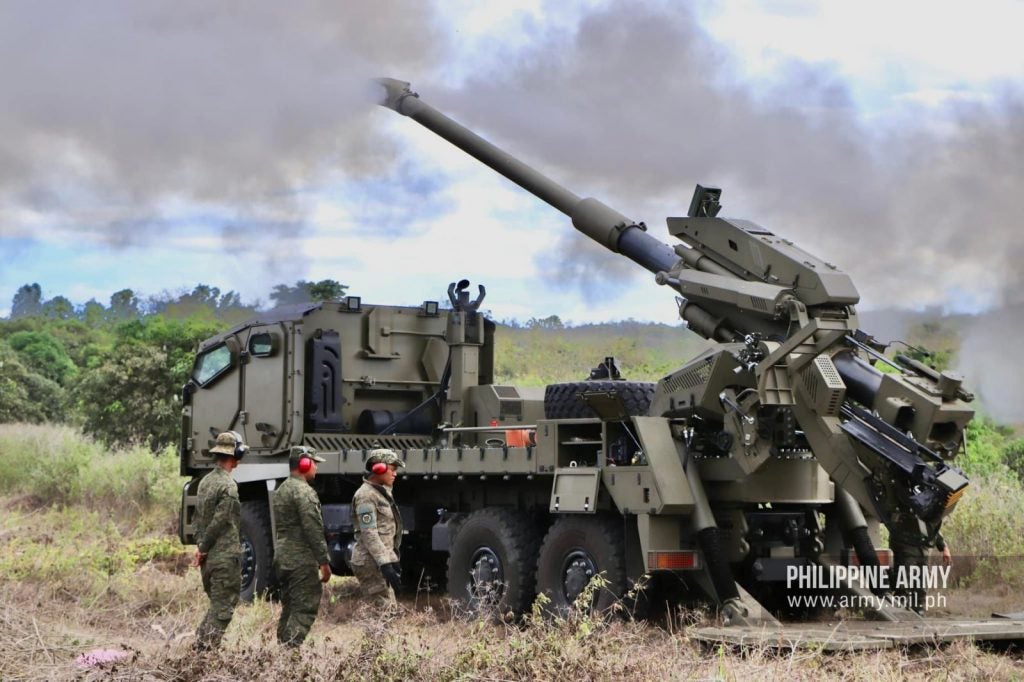
The PA has received several artillery assets and munitions through the ongoing modernization programs. 12 ATMOS 2000 155mm self-propelled guns were delivered in December of 2021, and have taken part in live-fire exercises. They form two batteries within the Army Artillery Regiment. Cardom 120mm mortar carriers also arrived around the same time, with the 15 delivered units going into the Philippine Army’s Armor Division. The unit also contains five to six previously obtained mortar carriers. Overt Defense recently reported on the rejuvenation of the Philippine armor corps here.
The addition of these assets provides mobility that the PA never had. Self-propelled guns and mortar carriers are a relatively new development, as the country’s focus on counter-insurgency and terrorism allowed towed guns to suffice. The heaviest gun in Philippine service before the delivery of the ATMOS 2000 was the Soltman M-71, an Israeli 155mm towed gun used by both the PA and PMC. M101 and OTO Melara Mod 56 105mm guns make up the majority of the force after that, with a few M102 105mm and M114 155mm guns composing the rest. Few of these guns are upgraded, and most are of Cold War vintage. From this, the delivery of self-propelled assets such as the Kooryang and ATMOS represents a leap for Philippine artillery units as a whole.
MLRS and The Philippines

Kooryang will form the basis of new PA MLRS battalions, which in the long term provides valuable experience and training for future developments. This is especially important for the Philippines, which has never operated an MLRS system in its history. The country is also looking at systems with the ability for long-range fires as a part of its shift towards a credible deterrence against rivals in the region. MLRS systems across the region and beyond, such as the American M142 HIMARS, Taiwanese Thunderbolt-2000, Chinese PHL-03, Indian Pinaka, and Korean K239 Chunmoo, are becoming highly capable and mobile platforms on to base long-range fires. The development of munitions for these respective systems has allowed them to greatly expand their range and sensors to hit targets on both land and sea. Yet, this concept is not new at all for MLRS as well as the Philippines.
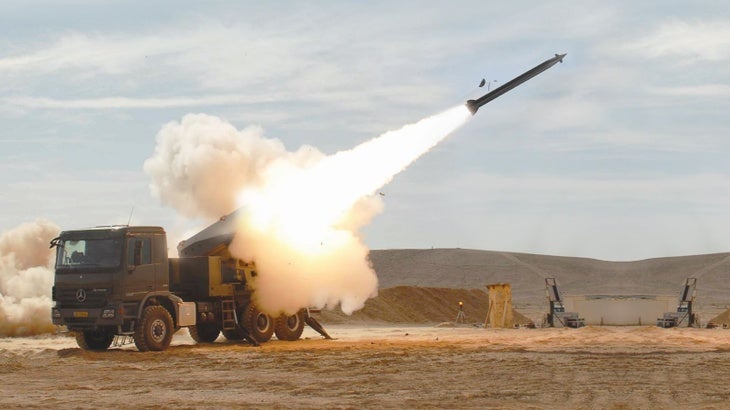
The first iteration of the AFP’s attempt to procure anti-ship batteries, which would later progress into the Philippine Navy’s Shore-Based Anti-Ship Missile System’s procurement of BrahMos, initially lead to the Philippines looking at the Israeli Military Industry’s Lynx MLRS with the EXTRA guided rocket. This rocket had a range of 150 km with the ability to hit various targets. The Lynx also could carry other munitions, from Soviet Grad rockets to the Israeli Deliah cruise missile. Kooryang has none of these capabilities. But for immediate issues, it fills the gap. While dated, these systems can be useful to the Philippines against both unconventional and conventional actors. From supporting forces in counter-insurgency operations or even being deployed on islands in the South China Sea. And more importantly, as previously stated, the force stands to only gain from its introduction into service solely based on the experience it will give both the PA and PMC in the long run.
South Korean Contributions to Philippine Modernization
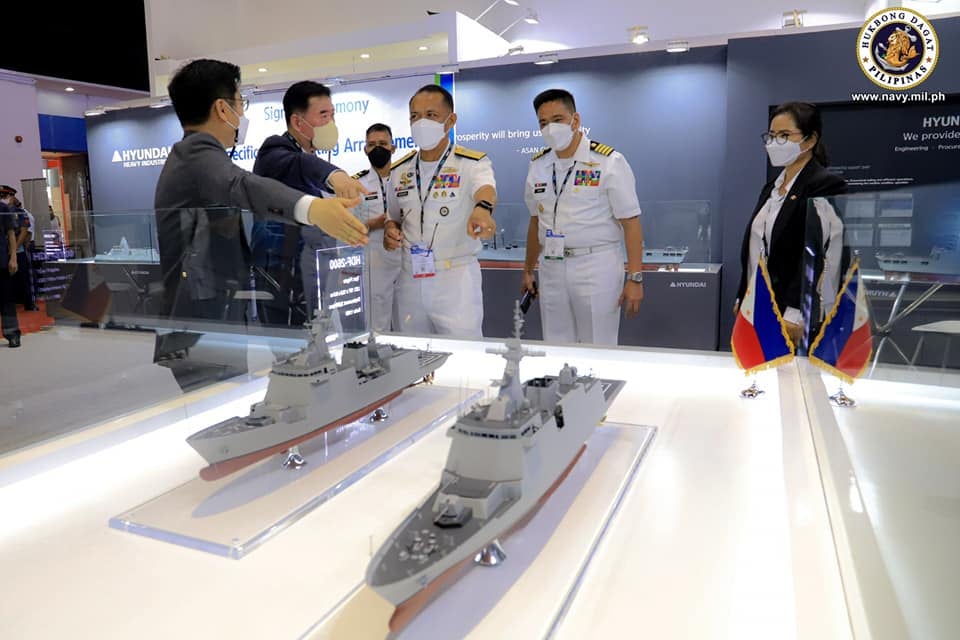
Procurement of equipment from South Korea by the Philippines for the Revised Armed Forces of the Philippines Modernization Program (RAFPMP) and their respective Horizon phases have been both longstanding and instrumental for where the program is today. Philippine procurements of South Korean systems, from Jose Rizal-class frigates and the FA-50PH fighter jets, have shown up as the big-ticket and most recognized items of the overall modernization program. South Korean donations have also provided more capabilities for the AFP, such as the landing craft BRP Mamanwa and corvette BRP Conrado Yap. Korea is also set to provide another donated corvette, alongside the Philippines’ purchases of six new offshore patrol vessels and two new corvettes. When combined with the K136 Kooryang donation, this puts into perspective the defense relationship between the two countries and the path going forward for AFP modernization.
Cover Image Courtesy of the Philippine Army

